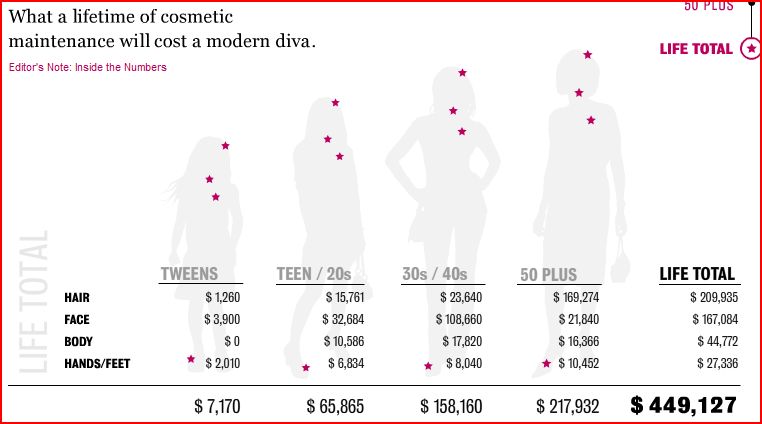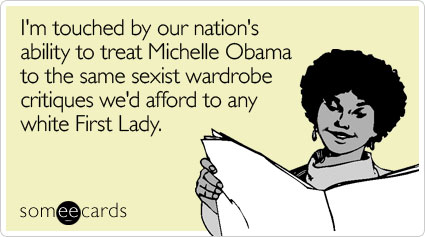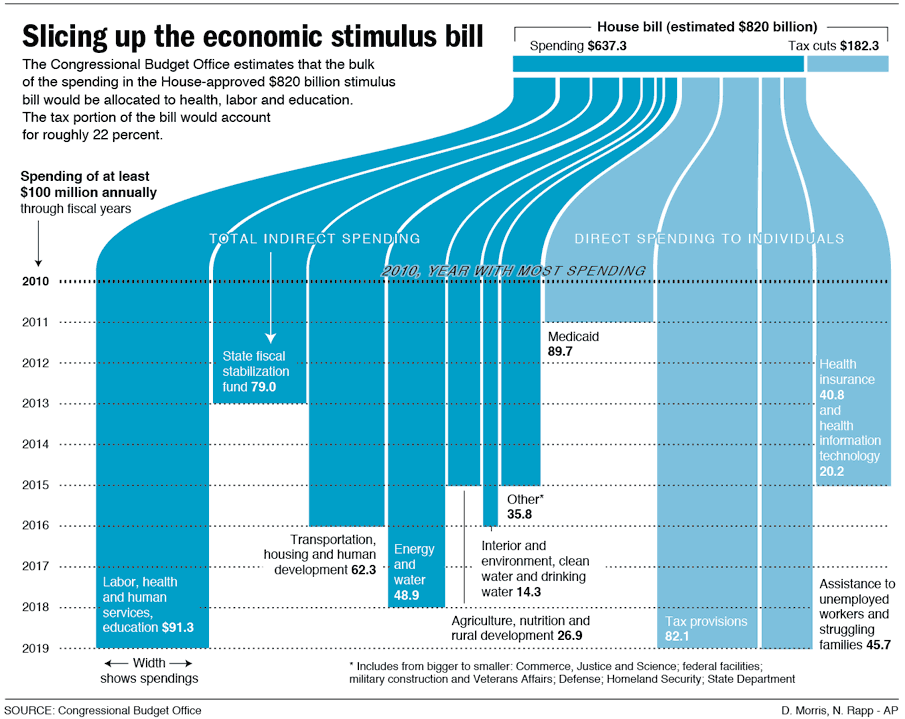When considering which media text I wanted to analyze based on its ideology, I immediately thought about the unsettling yet intriguing relationship between the main characters in one of my favorite TV shows of all time: Mulder and Scully from The X-Files. About a year ago, I began watching the show when a friend bought the entire series on DVD. Despite the fact that I absolutely loved almost every episode, the story arc of these two main characters as co-workers and a couple reinforces tired gender roles.
The below clip is a climactic scene where Mulder and Scully argue about Scully leaving the X-Files in the 1998 film “The X-Files: Fight the Future.” I think this scene exemplifies their basic relationship, and is a good example of what I would like to analyze.
[youtube]https://youtu.be/esJNnh-d2E0[/youtube]
What I like about Scully is that she is intelligent, scientific, and witty. She joins up with Mulder to be the counterpart to his obsessive interest in the paranormal. Since Scully is the fact-spouting hard ass of the two, one might think the character is breaking stereotypes. Unfortunately, she is only obscuring them.
Scully plays a traditional mother figure to Mulder more so than his love interest. She continually questions her work in the FBI duo, but she stays because Mulder needs her. In her, he has found someone who tries to understand his work, someone to care for him, and someone to love him unconditionally. The few times that she has an interest in other men is when she is trying to get over Mulder or get back at him.
Throughout the series, the fact that Mulder is a “typical bachelor” is driven home. He’s quirky and boyish. He never cooks, he’s obsessed with baseball and porn, he can’t keep house, and he usually just sleeps on his couch. Scully is seemingly unconcerned by all this. She laughs it off when he flirts with other women, she rolls her eyes at his housekeeping, and she is always there whenever Mulder decides he needs her.
The video above is an example of a sort of backwards rationale. Yes Mulder is thanking Scully for being there for him, but he’s also pleading with her to continue to deprive her own happiness. Though the scene directly references her giving up her own interests to be with him, it also romanticizes the concept of a woman selflessly caring for her man. The scene resonates with his emotional “thank you” and begs the viewer and Scully to come to his rescue. It reinforces the idea that in order for a woman to be perfect for a man, she must be willing to do anything for him at all costs and should never as for anything in return. If he so much as thanks her for years of servitude, then he’s the knight in shining armor. Read it as: The perfect women are level-headed and enjoy cleaning up the messes that their boy-in-a-man’s-body significant others create without any appreciation.
I think the X-Files is a good example of a show that manages to skirt the issue of gender roles by throwing a few curve balls. In reality though, it’s just more of the same.
————————–
Sarah Mick is a student at the University of Wisconsin – Milwaukee. She is currently double majoring in graphic design and media studies. She enjoys playing music, writing, and consuming media of various sorts in her spare time. I found her post here, where students in a Principles of Media Studies class are posting their insights. Special thanks to the instructor, Michael Newman, for facilitating the blog and allowing all of us to enjoy it!
If you would like to write a post for Sociological Images, please see our Guidelines for Guest Bloggers.
Lisa Wade, PhD is an Associate Professor at Tulane University. She is the author of American Hookup, a book about college sexual culture; a textbook about gender; and a forthcoming introductory text: Terrible Magnificent Sociology. You can follow her on Twitter and Instagram.







